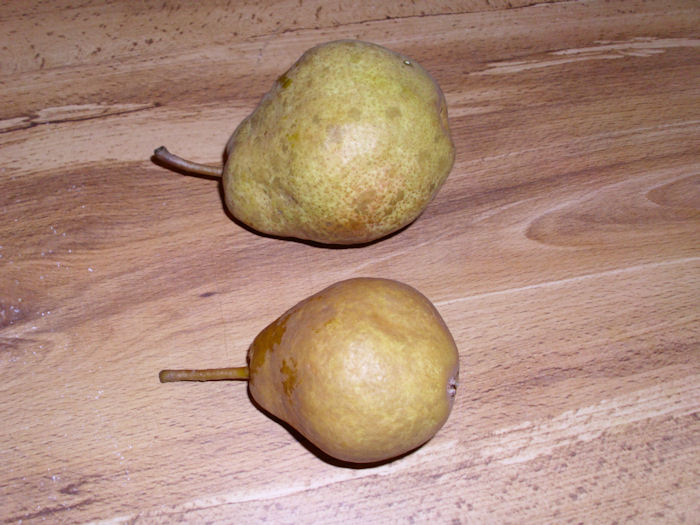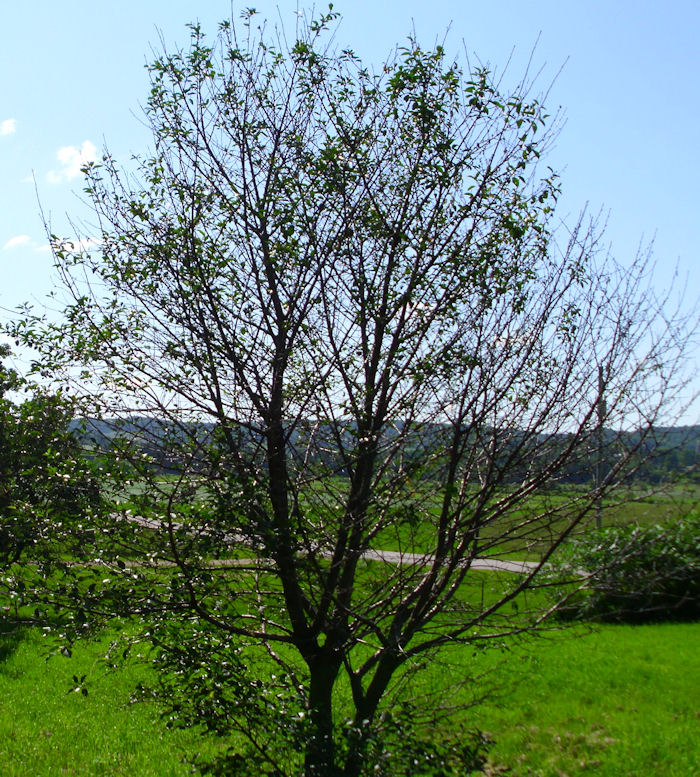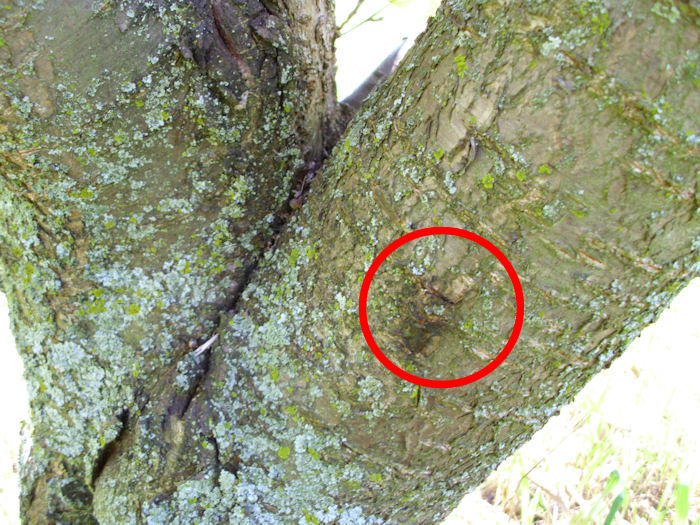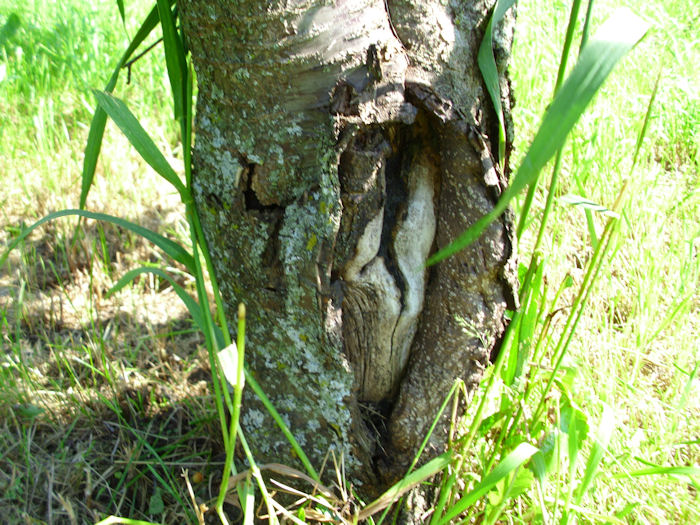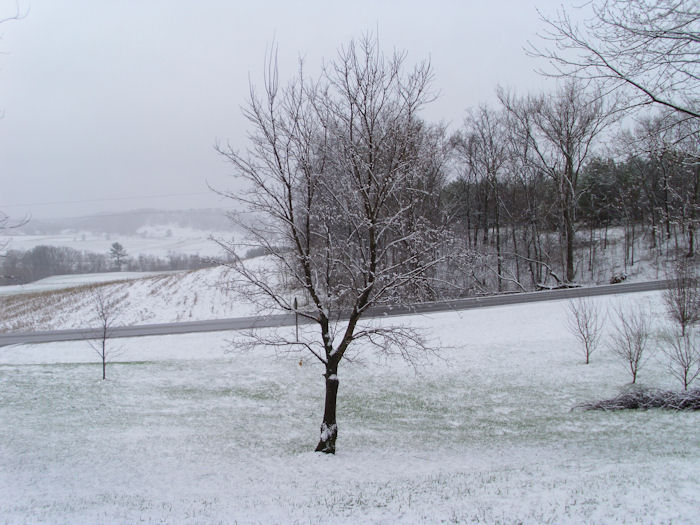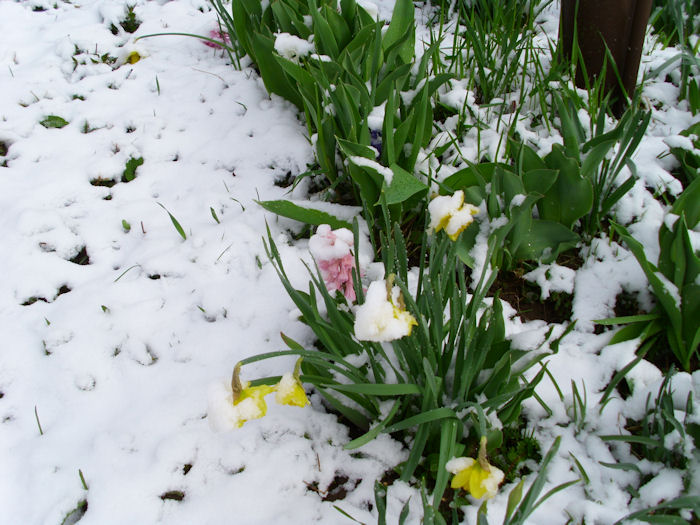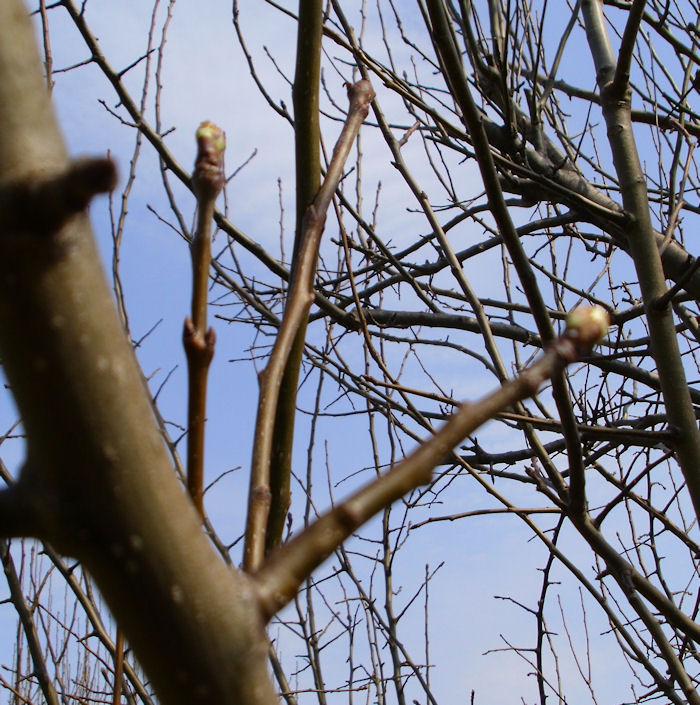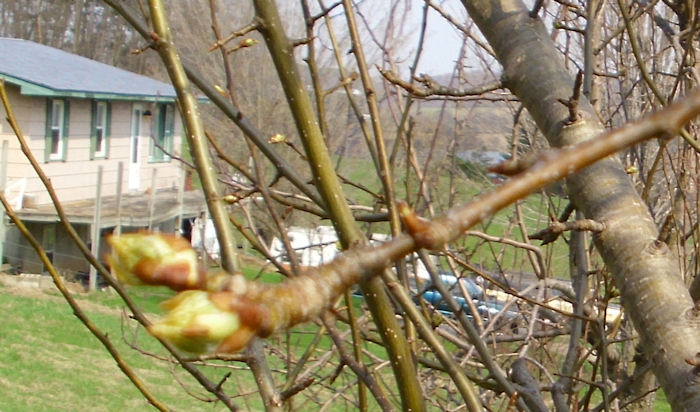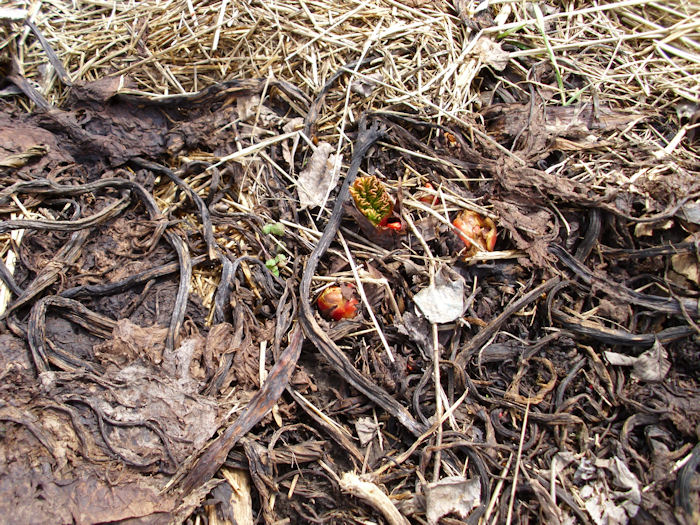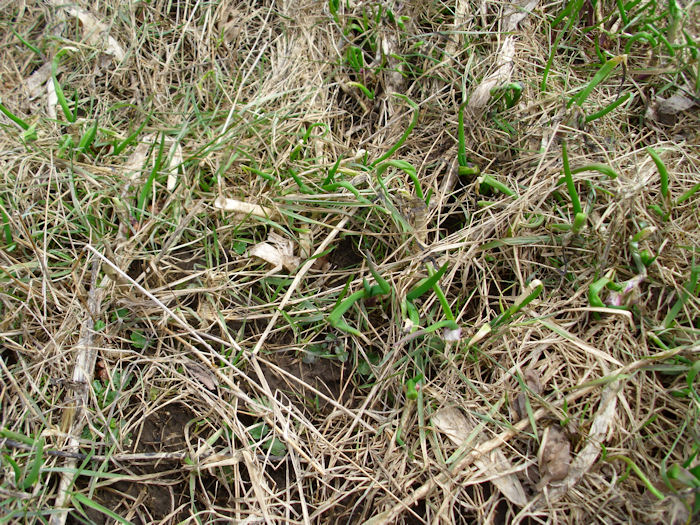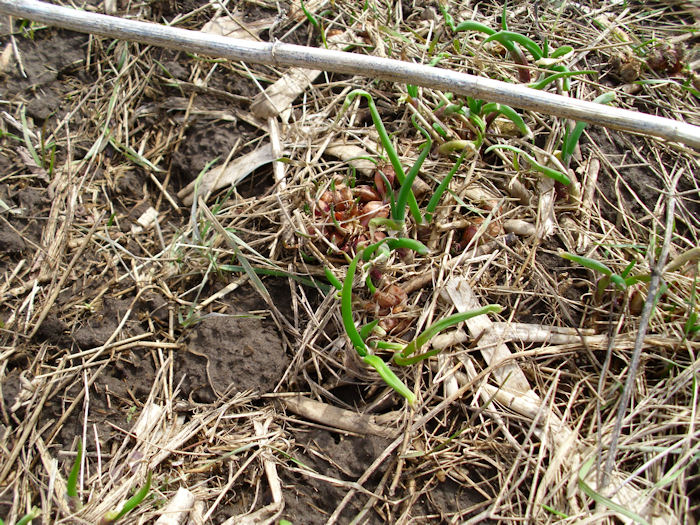A special event takes place each year around this time—the seed catalogs arrive on our doorstep. Nothing says springtime like the arrival of these glimpses into the future. Rebecca and I wait for them each year with bated breath and eagerly anticipate what they’ll contain. The two major catalogs for us come from Jung’s and Gurney’s. We do receive other catalogs, but don’t look at them in detail quite as often as we do these two. The main reason is that these two catalogs generally contain everything we want to grow (and then some).
I’m sure that a few of you are already rolling your eyes and thinking, “Just how antiquated can you get? Why not look online?” I’ve been finding that online catalogs work great when you have some idea of what you want. If I want to buy a specific piece of software or computer hardware, a repair part for Rebecca’s vacuum, clothing, CDs, DVDs, and so on, then an online catalog works great. In fact, using one can save time. Growing a garden is a little different. Often, you don’t know that you’re going to grow something until you see it in a catalog. In short, viewing the catalog provides something online catalogs don’t provide as well—a glimpse of what you didn’t know you wanted.
Before someone places this sort of purchase in the impulse buying category, it’s good to consider how seeing new items can really help the gardener. The following list is my favorite reasons for looking at new items, rather than simply sticking with the old favorites:
- Growing new items can help improve the nutrition the grower receives from the produce.
- Different items take different nutrients from the soil, so growing new items can help keep the nutrients in your garden more balanced.
- No one wants to get bored growing their own food.
- The new items may have different resistance to pests, making use of pesticides less necessary.
These reasons won’t be enough for some people to consider going back to the paper catalog after establishing an affinity for the online version. There are other good reasons to get a paper catalog:
- Some paper catalogs come with discount coupons that you don’t receive with the online version.
- You can’t take a usable computer screen with you to show friends what you plan to buy (viewing gardening items on an iPad just doesn’t make it in my book).
- It’s even hard for two people to view the catalog in the same way by sharing a computer display.
- Using the online catalog often requires that you open your computer to potential virus attack in order to use JavaScript and those fancy multimedia features.
- Catalogs make it easy to compare what you thought you were going to get with what you actually see in the garden.
- The paper catalog is a handy reminder that you really do need to start thinking about your garden, even though winter still has a firm grasp.
Whether you get a paper catalog or not is up to you, of course. Some people will say that we’re wasting trees by continuing to get paper catalogs (we do recycle every last piece of paper that enters the house). Whether you use paper or online catalogs though, it’s time to start thinking about that garden. What will you plant this year? Let me know about your gardening ideas at [email protected].

